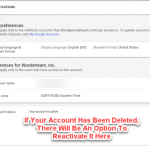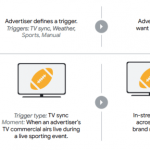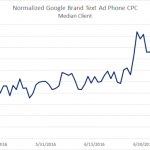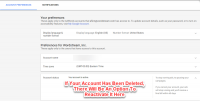Google Announces Critical Changes to Display & Video Ad Group Targeting
— December 21, 2016
Paid search advertisers will certainly be busy over the next few months. In just a few weeks, AdWords will no longer support flash ads. Then at the end of the January, Google will restrict changes to the standard text ad format they’ve been using since 2000. And then later in 2017, Google will remove the converted click metric that many advertisers still use to monitor the success of their campaigns.
In all this chaos, and before Christmas, Google just announced critical changes to how display and video ad groups target their ads:
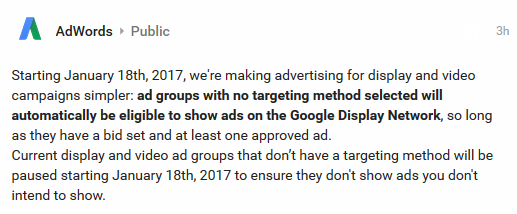
Previously, advertisers targeted their display and video campaigns by selecting different placements, topics, display keywords, and audiences to selectively serve their ads to the right people in the right places. If an ad group didn’t have any targeting in place, their ads would not serve and these ad groups would generate 0 impressions and wouldn’t cost advertisers a penny. These ad groups behaved similar to how search ad groups won’t serve ads without active keywords.
Starting January 18, though, these ad groups with no targeting will automatically start serving ads to the entire Google Display Network without any specified targeting. Given that the Google Display Network serves over 1 trillion impressions to over 2 million websites, this potentially can expose these ad groups that previously wouldn’t reach anyone to a giant audience.
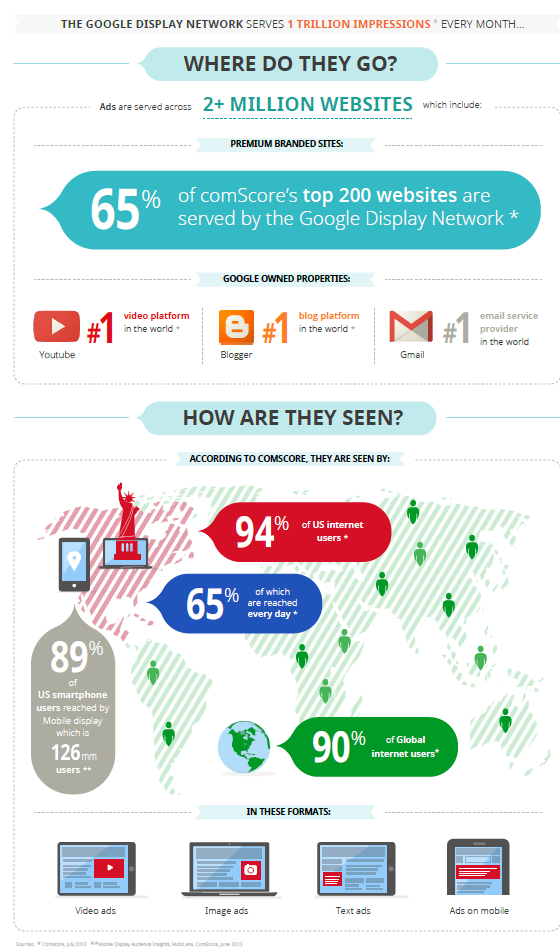
Be Careful Moving Forward
Moving forward, to prevent your ads from being thrown across the entire Google Display Network (which may not be in your budget), make sure that all your active ad groups have the correct targeting in place. When pausing underperforming placements, audiences, or keywords, either be sure that you don’t pause everything active, or if you do, pause the ad group as well. Be particularly cautious as your build new display campaigns to make sure to immediately include the proper targeting. If you’re not ready to launch a new display or video ad group, be sure to keep it paused until you have the correct targeting in place.
What Do I Need to Do to Prepare?
Thankfully, advertisers don’t need to change anything in advance of January 18. All display ad groups that are currently generating impressions will continue to reach the correct audiences. Any ad groups that currently don’t have targeting will automatically be paused on January 18 before they begin to accrue unintended impressions.
Potential Benefits
Although novice advertisers may inadvertently expose themselves to much wider reach on GDN by launching ad groups without specified targeting, there may be some benefits to the change. Particularly, brand marketers may appreciate the streamlined approach toward reaching new audiences without any set target.
Additionally, advertisers will still have control over their bids and bidding strategy. This could potentially allow an advertiser to create a CPA-based bidding strategy to reach countless conversions at their CPA goal. Less control isn’t always a bad thing if done correctly. Search campaigns can often run successfully without keywords in shopping campaigns and dynamic search ads. In the past, Google has also successfully allowed advertisers to target the display network without specific targeting using universal app campaigns.
Excited? Scared? Me too. Either way, be sure to mark your calendars for January 18 when the change goes into effect!
Digital & Social Articles on Business 2 Community
(12)

